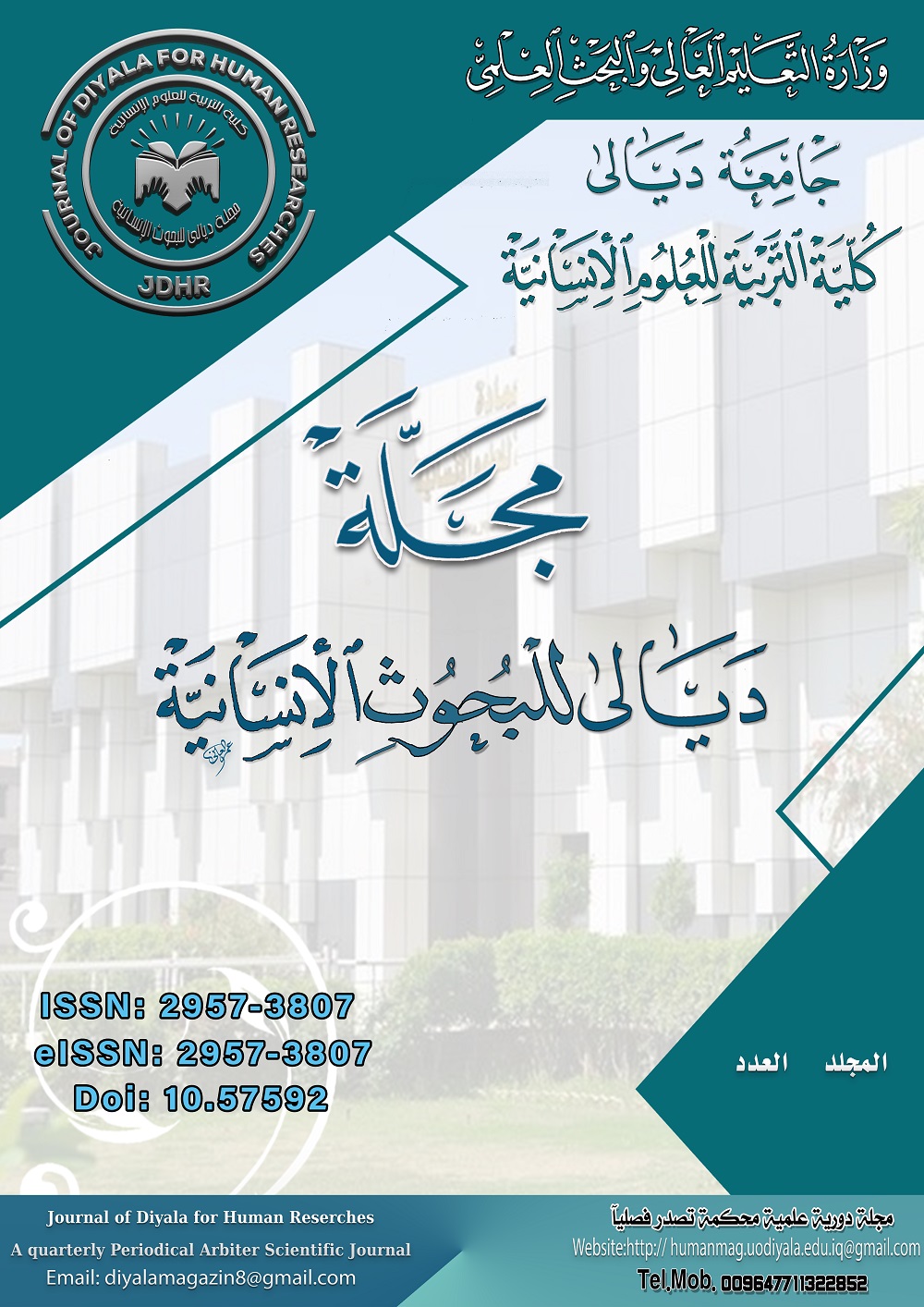الاشتقاق الأكبر مقاربة تأصيلية
The greater derivation: essantial closeness
DOI:
https://doi.org/10.57592/7dq38s13Keywords:
الاشتقاق الأكبر مقاربة تأصيليةAbstract
Rooting is a well-established issue in Arabic linguistic thought. Talk about the origin of the phenomenon is not absent from most linguistic studies. Rather, you find it present in most of them, if not in all of them. Perhaps the most prominent and clearest of these was one of the issues of disagreement between the grammarians of the Basra and Kufic schools. It is the twenty-eighth issue of disagreement between the two schools that Abu al-Barakat al-Anbari (d. 577 AH) enumerated in the Origin of Derivatives. Is it the verb or the infinitive? It is no secret that what is meant by derivation here is morphological derivation, which is also termed “small derivation.” However, the issue was not resolved between the two schools, and the dispute still exists to this day. The evidence of the two groups is equal and no one prefers an opinion except due to the inclination or whim of one of the two schools or a previous position on them.
It is known to scholars that what is meant by the major derivation is the linguistic heart, which is the second section of the derivation divisions. However, the issue of rooting in it has not been discussed - to the extent of our knowledge - as no one has provided an explanation of the origin of linguistic root permutations; Does he not know which faces of the linguistic heart are the origin of the faces? Which one is a branch of it? Therefore, we conducted this study to examine this issue, as there must be a root and a branch in this section as well, and since it is a derivation, it requires that there be a derivative and a derivative of it. To achieve this goal, we divided the research into two axes: In the first of them, we presented the concept of derivation and its definitions according to ancient and modern linguists, and in the second axis we presented the origin of the greater derivation and the criteria followed to explain the origin of it, including the abundance of vocabulary, the theory of ease, and the law of least effort in pronouncing the six permutations
Downloads
Published
Issue
Section
License
Copyright (c) 2024 CC BY 4.0 (http://creativecommons.org/licenses/by/4.0/)

This work is licensed under a Creative Commons Attribution 4.0 International License.

